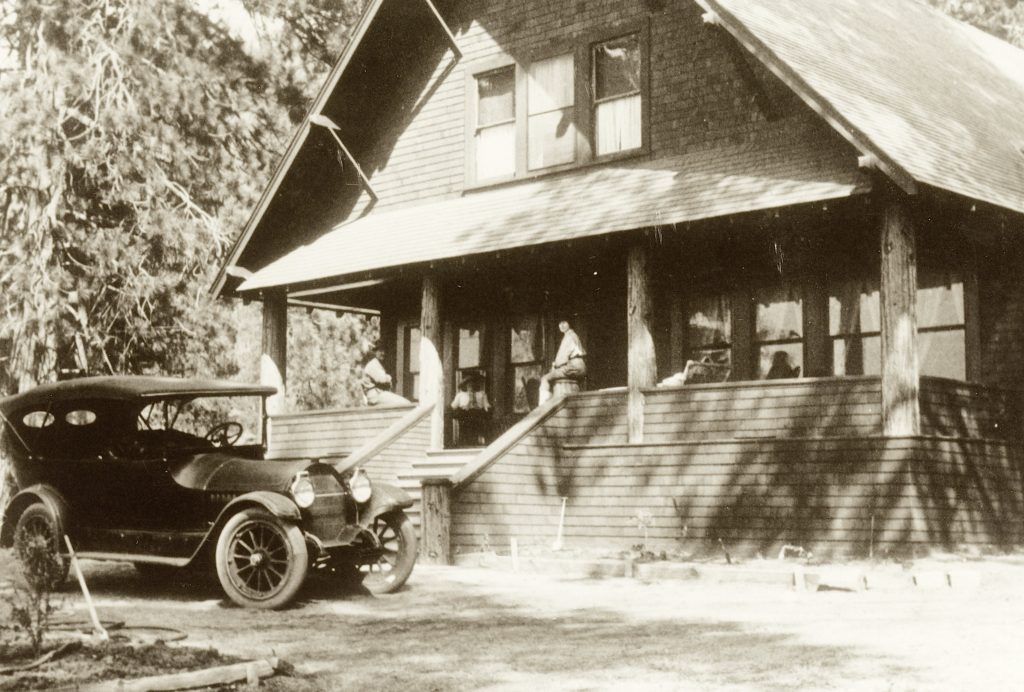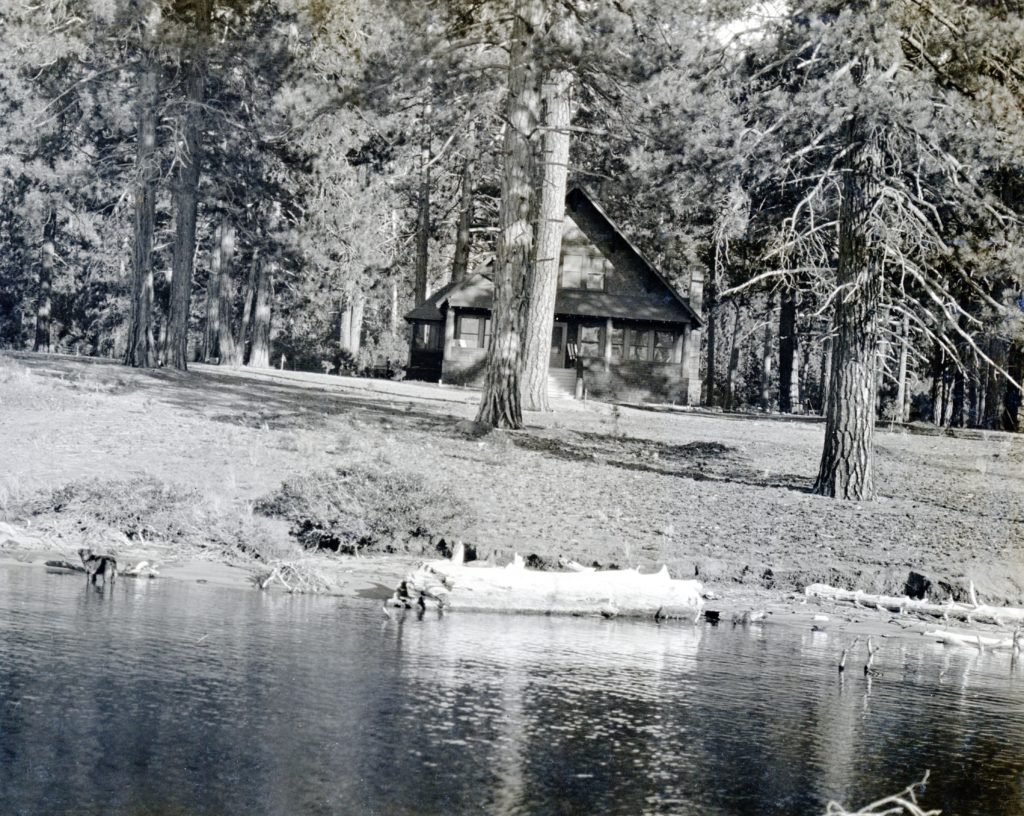
In August 1913 construction began on Malvena Gallatin’s summer home at the southeast corner of Eagle Lake. Who knew how such a humble event would have such a wide ranging impact for a large swath of Lassen County. It was also in that same year that Red Bluff resident Leon Bly was involved in a campaign for a highway to connect Red Bluff to Susanville. Malvena, of course, supported the project as it would make it easier for her to travel to Eagle Lake. The following year, Malvena invited Bly to her summer home. It should be noted Bly was a civil engineer.
Since the 1870s the water level of Eagle Lake steadily increased. Beginning at the same time, there were schemes to tap the lake for irrigation in the Honey Lake Valley. Malvena wanted Bly’s opinion if the project was feasible. Malvena’s concern was the lake level was now encroaching on her timber land, killing the trees. Bly would not only do an exhaustive study of the project, but would develop and implement an entire irrigation system. n 1923, Bly’s tunnel and irrigation system was completed and within five years it was a failure forcing many farmers who invested in it to bankruptcy and the Bank of America took over the Lassen Industrial Bank that was on verge of collapse from effects on the loans to those same farmers. Of course, the lake level dropped substantially that nearly ruined the lake. Thus, the legacy of the Gallatin House, Eagle Lake’s first summer home.

Spread the word, and encourage a friend to subscribe
Tomorrow how Gallatin Beach became public property.